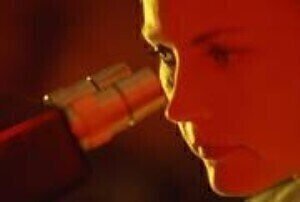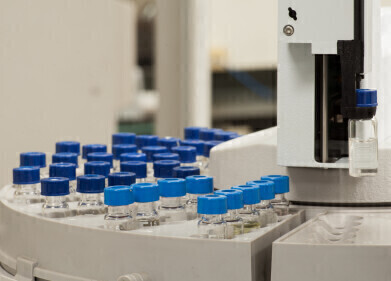-
 Trace elements of sterols suggest that fossils found in Africa could be eukaryotes
Trace elements of sterols suggest that fossils found in Africa could be eukaryotes
GC, MDGC
Trace elements suggest oldest eukaryotes on record
Jul 01 2010
An article in Nature reports the findings of a 21-person team including Stefan Bengtson, a palaeozoologist at the Swedish Museum of Natural History in Stockholm.
The team used mass spectrometry to analyse thumb-sized fossils dated at around two billion years old.
With organisms of that size previously only found as far back as the Cambrian period, 542 million years ago, along with some putative organisms around 1.6 billion years ago, the discovery raises questions about the nature of these multicellular organisms.
Trace elements of sterol compounds hint that they may be eukaryotes, organisms whose complex genetic structures are held in a nucleus surrounded by a membrane.
"The only modern analogue might be microbial colonies, but these tend to be quite small and flimsy," says Mr Bengtson.
"It's quite possible they represent eukaryotes, which tend to make more resilient and larger structures."
Digital Edition
Chromatography Today - Buyers' Guide 2022
October 2023
In This Edition Modern & Practical Applications - Accelerating ADC Development with Mass Spectrometry - Implementing High-Resolution Ion Mobility into Peptide Mapping Workflows Chromatogr...
View all digital editions
Events
ACS National Meeting - Fall 2024
Aug 18 2024 Denver, CO, USA
Sep 04 2024 Chiba, Tokyo, Japan
Sep 04 2024 University of Warwick, Coventry, UK
Sep 10 2024 Rockville, MD, USA
Plastics Recycling World Expo Europe
Sep 11 2024 Brussels, Belgium













